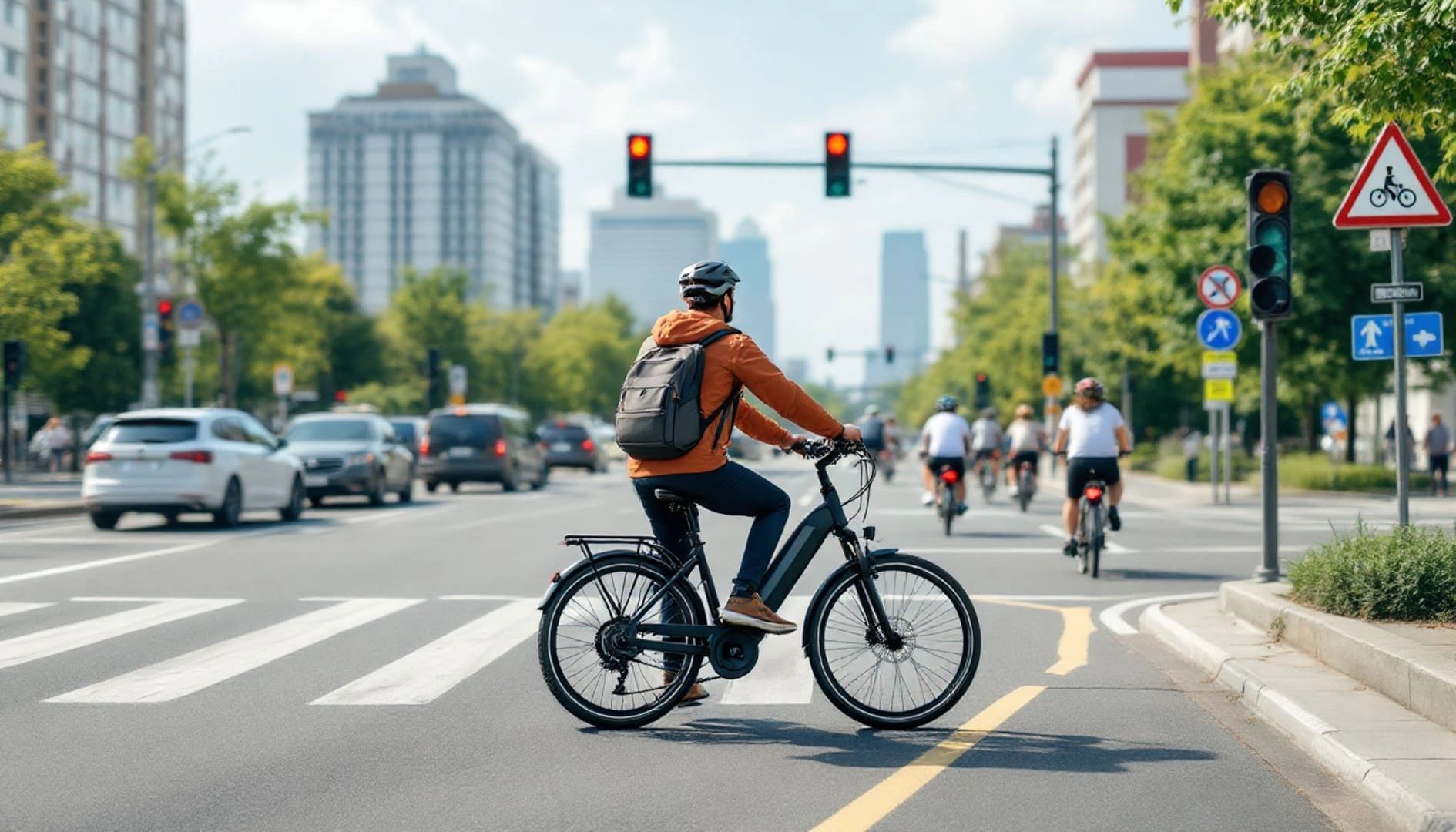.jpg/:/cr=t:0%25,l:0%25,w:100%25,h:100%25/rs=w:1280)
As e-bikes grow in popularity, governments worldwide are implementing regulations to ensure their safe integration into public spaces. Understanding these rules is essential for riders to stay compliant and enjoy a hassle-free experience.
1. Classification of E-Bikes
Many countries categorize e-bikes into different classes based on speed and motor power:
- Class 1: Pedal-assist only, with a maximum speed of 20 mph.
- Class 2: Includes a throttle that doesn’t require pedaling, also capped at 20 mph.
- Class 3: Pedal-assist only, with a maximum speed of 28 mph. These often have stricter rules, like helmet requirements.
2. Speed Limits and Motor Power Restrictions
Speed limits and motor wattage caps vary by country and even by state. For instance, the U.S. typically allows motors up to 750 watts, while European Union regulations limit motors to 250 watts with a speed cap of 25 km/h (15.5 mph).
3. Helmet and Age Requirements
Some jurisdictions mandate helmets for certain e-bike classes, especially those capable of higher speeds. Age restrictions are also common, with Class 3 e-bikes often restricted to riders aged 16 and above.
4. Road and Trail Access
E-bike access to roads, bike lanes, and trails can differ widely:
- Urban Areas: Most cities allow e-bikes in bike lanes, but Class 3 e-bikes may be restricted to roads.
- Parks and Trails: Regulations for e-bike use in parks and on nature trails vary; some areas prohibit e-bikes entirely to protect fragile ecosystems.
5. Licensing and Insurance
While most e-bikes don’t require licensing, registration, or insurance, some higher-speed models may be classified as mopeds or scooters, subjecting them to additional requirements. Riders should check local laws to avoid fines or penalties.
6. The Importance of Staying Informed
As e-bike regulations continue to evolve, staying updated is crucial. Riders can check government websites, local cycling organizations, or e-bike retailers for the latest information.
By understanding and adhering to e-bike regulations, riders can enjoy their journeys safely and responsibly. These rules not only protect riders but also ensure harmony with other road users and the environment.








Leave a Reply